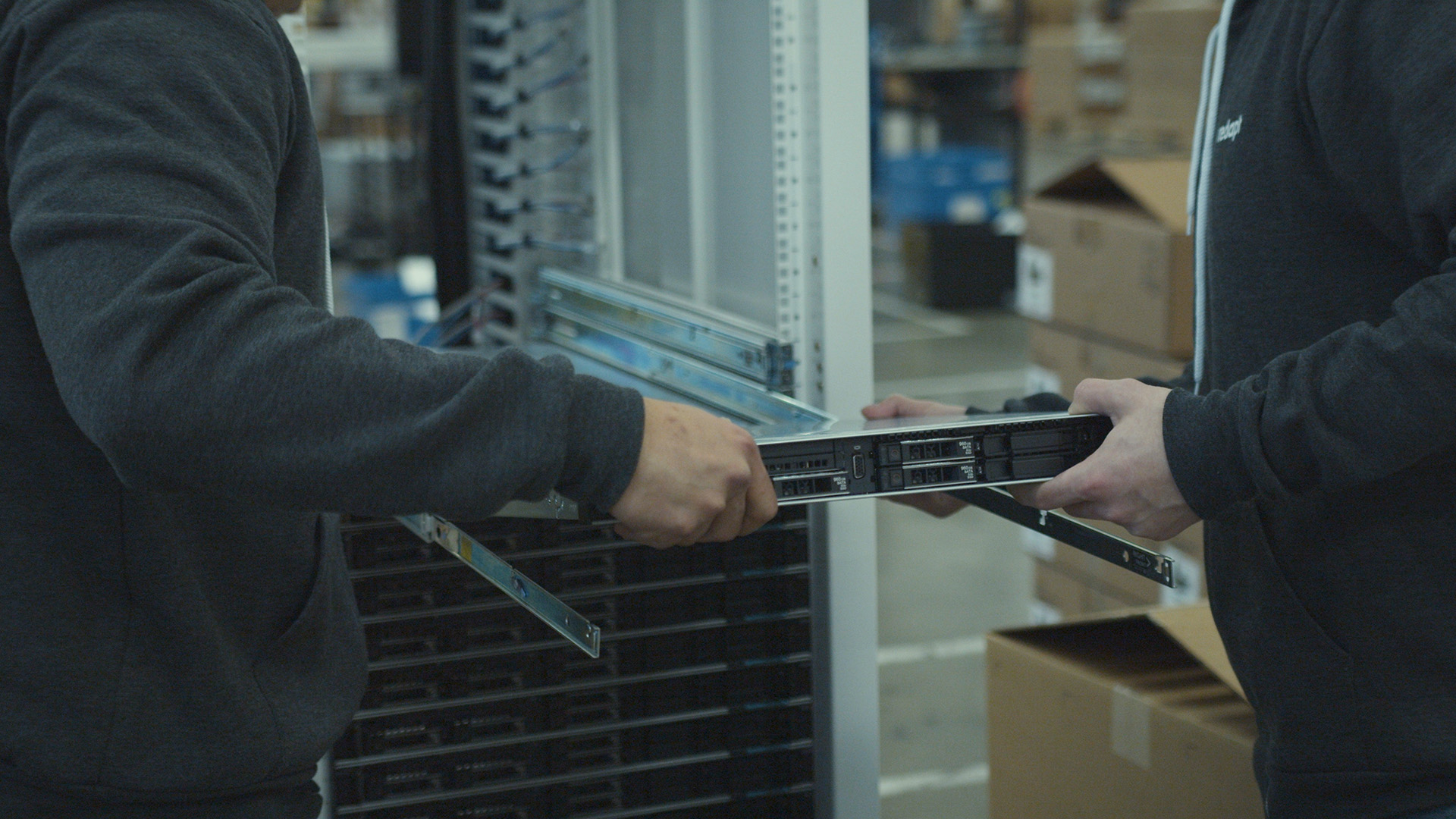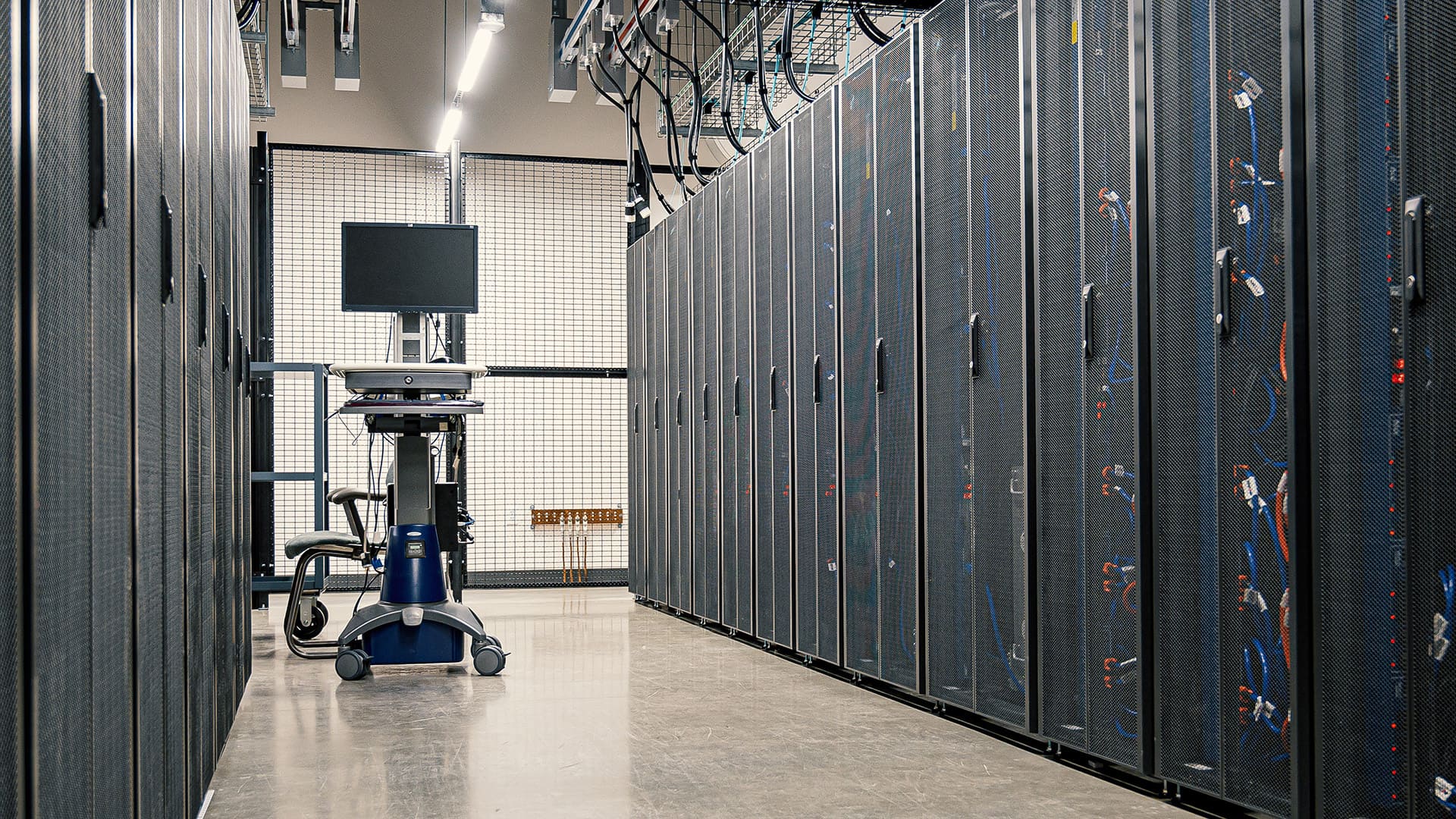Independent software vendors (ISVs) often face a choice when it comes to releasing new products into the wild. They can simply make your software available for download to customers, or you can work with a partner to deliver customers an appliance with the software already installed.
Both options have their benefits. They also have their own challenges.
While providing direct access to software can help you quickly reach more customers, there is the very real potential for the software to function improperly on their infrastructure. Obviously, that causes problems for customers, but it can also create a bad reputation for the software.

Benefits of a purpose-built appliance
A purpose-built appliance, however, can provide your software with a finely tuned and stable environment. Additionally, it can:
- Alleviate the need for your client to install, configure, and implement the new software
- Reduce the maintenance burden for you and your customer
- Allow you to better cater to your customer’s unique needs
Drawbacks of a purpose-built appliance
The benefits are clear. But there are still a couple of potential drawbacks to a dedicated appliance. For example, tying software to an appliance can make it harder for you to find the right customers—factors like datacenter space and the need to add a new piece of hardware to a customer’s stack could be a lot to ask.
There’s also the issue of time-to-market—which can be slowed by the design and build of an appliance—as well as the logistics of actually delivering the hardware to customers.
Benefits of partnering with an OEM
Still, even with these potential drawbacks, partnering with an OEM on a tailored appliance is the way to go because of some very real benefits. Benefits that include:
1. Optimization |
By working with an OEM to build a platform that has been finely tuned for the specific software, you can all but guarantee your product will run optimally.
 |
2. Troubleshooting |
In many cases, you are able to leverage the scale and expertise of an OEM to handle problems customers may encounter with the hardware, allowing you to focus your time and resources on what you’re most familiar with: the software you’ve created.
3. Adoption |
Purchasing and implementing a new software product can be unnecessarily burdensome on customers looking to integrate it with their existing infrastructure. An OEM appliance that can easily be added to enterprise stacks can help take that burden away.
4. Branding |
By partnering with an OEM on a dedicated appliance, you can deliver your products to customers within hardware that has been professionally labeled without the need to manufacture and install that label themselves
When are OEM appliances the right move?
Every ISV has a different philosophy when it comes to delivering their products.
For software products that have been designed to be as compatible as possible with most enterprise infrastructure, allowing your customers to download and install the software is likely the way to go.
But not all of your products are that simple, which means they can benefit from having software and engineering contained within a single appliance that can be seamlessly integrated within a customer’s stack.
As you’re considering which route to take with delivering your products, the first step should be asking questions like:
- How much of a learning curve will my potential customers need to navigate to install and employ our software?
- Are we confident our product will work effectively on a wide range of datacenter infrastructure without failing?
- How much are we willing to invest in teams to troubleshoot our product when it’s running on a customer’s infrastructure?
If your answers to these questions are something like “steep learning curve,” “not entirely confident,” or “we don’t want to make a large investment in troubleshooting capabilities,” then partnering with an OEM will be the way to go.
To learn more about OEM appliances, including how Redapt can help your business explore its appliance options, click here to learn about our OEM Appliance offering. Otherwise, click here to dive deeper into modernizing your datacenter to gain speed, increase agility, and control costs by updating the platforms that run your workloads.
Get Clarity Today.
Book a Clarity Call and Get Actionable Insights For Implementation Success.
- Discover make-or-break focus areas.
- Identify process gaps.
- Uncover the best tech solutions.
Categories
- Cloud Migration and Adoption
- Enterprise IT and Infrastructure
- Artificial Intelligence and Machine Learning
- Data Management and Analytics
- DevOps and Automation
- Cybersecurity and Compliance
- Application Modernization and Optimization
- Featured
- Managed Services & Cloud Cost Optimization
- News
- Workplace Modernization
- Tech We Like
- AWS
- Social Good News
- Cost Optimization
- Hybrid Cloud Strategy
- NVIDIA
- Application Development
- GPU





